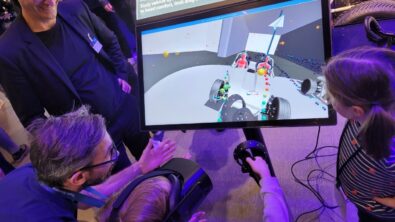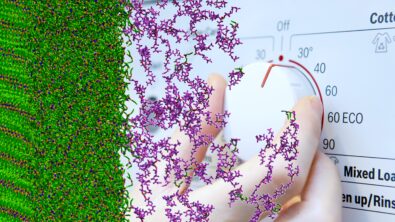Simulate, and ye shall be simulated
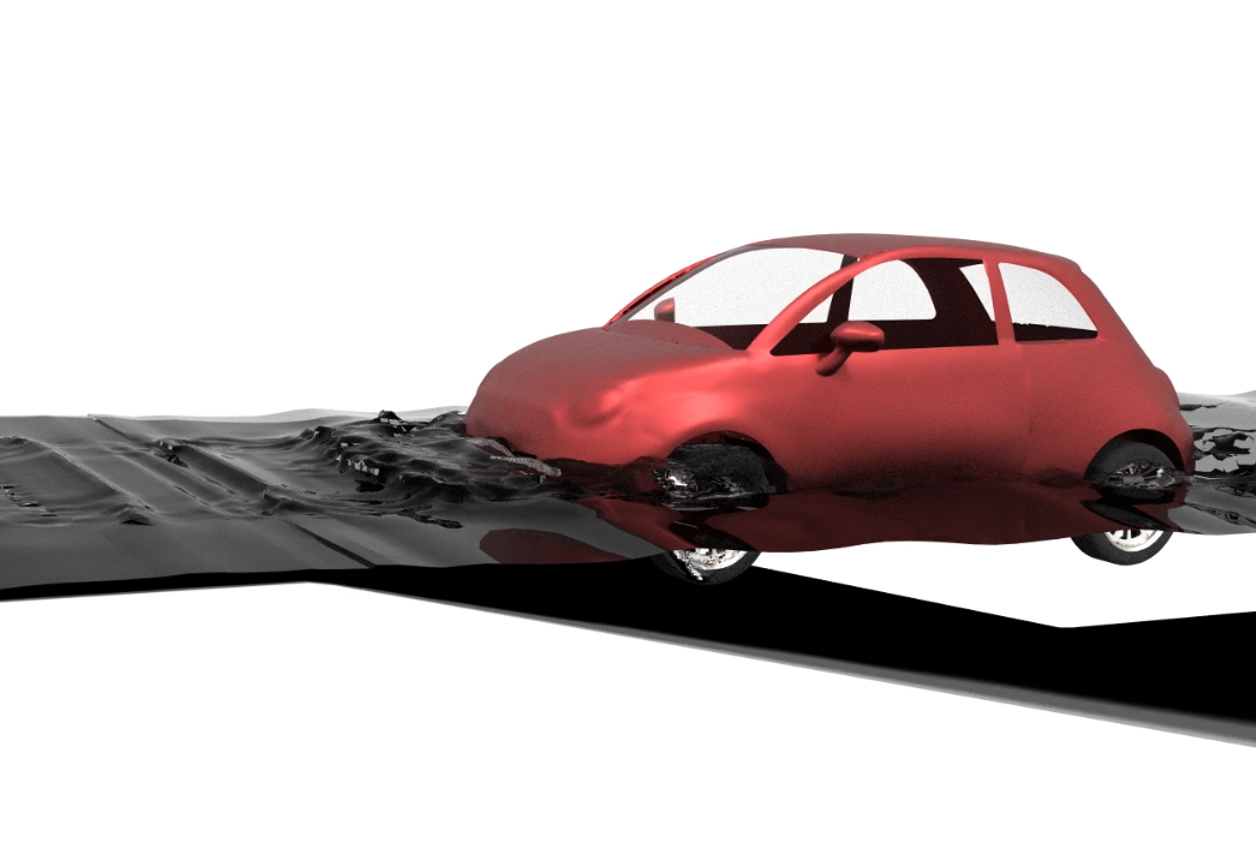
“Most likely we are in a simulation”
Elon Musk
Is our universe a gargantuan simulation performed by a post-human civilization? Are we unaware yet conscious actors of a virtual, simulated world? Maybe ours is “just” one instance of a design exploration exercise? I know, it seems a bit like the plot of the next movie by the Wachowskis, but mind you – there is an actual branch of modern philosophy dealing with that (see Simulation hypothesis and references therein). Now, whoever is performing this calculation surely has immense computational power (lucky them!). They must be very skilled engineers too because the simulation has not diverged for 13.8 billion years. (If They are reading this blog post, maybe They could send me the solver settings They are using).
One thing is sure, though. This numerical experiment we allegedly live in is a complex, multiphysics simulation.
Wait, you said what is multiphysics? Glad you asked.
A multiverse of definitions
There is a bit of confusion around multiphysics and related terms (starting from the spelling: hyphen or no hyphen?). Here below is how I see things. Warning: there is some overlap among the various concepts.
- Multiphysics simulations involve simultaneous physical phenomena, whose numerical models dialogue with each other with a substantial level of numerical coupling. For instance, those models can belong to different classes: fluid dynamics, heat transfer/radiation, electrodynamics, solid stress, chemistry/combustion etc
Multiphysics simulations are useful because they tend to be also high-fidelity, in the sense that they mimic reality with greater realism. Let’s see some examples of what could be considered multiphysics:
- Combustion simulations, which involve fluid dynamics, chemistry and heat transfer (mainly radiation and convection). See also here
- Fluid-structure interaction, which accounts for the effect that the flow has on the solids with which it is in contact (by deforming the solid structure) and the effect that this deformation has on the flow pattern
- Plasma arc simulations, where you need to couple fluid dynamics, electromagnetics, erosion/ablation, heat transfer in all its modes. See also here
- Multiphase simulations, which involve interaction of distinct phases. In all meaningful cases each phase has its own equation of state and different physics. For instance, a liquid like water mixed with a gas like air (think of bubbles, sprays, sloshing, cavitation). Or flows moving tiny solid particles (fluidized beds, incinerators etc)
- Multibody dynamics simulations, which allow you to simulate systems of interacting rigid bodies. If coupled with fluid dynamics (see Example 1 below), one can consider them multiphysics
It’s complicated – or not?
Multiphysics simulations tend to be complex, but complex is not synonymous with complicated. Well, at least not with Simcenter STAR-CCM+: the integrated approach will allow you to run CFD simulations with multiphysics aspects in just one instance of the software (without complicated co-simulations with other tools and/or third-party plug-ins).
Finally, the term multiphysics can refer both to the problem and the solution, however, a multiphysics problem does not necessarily require a multiphysics solution. It all depends on your needs and computational power.
Here are 4 examples that demonstrate how to simulate multiphysics in Simcenter STAR-CCM+. The examples factor various combinations of different physics interacting with each other, producing an ever more precise depiction of the simulated products or phenomena.
Simcenter STAR-CCM+ is an excellent multiphysics package, it offers extensive features and models with high flexibility and numerical quality. It has enabled us to model with high complexity to understand and predict the switching processes [of high-voltage circuit breakers] and behavior for different designs and gas mixtures.
Development engineer, Hyundai Electric Switzerland
Multiphysics in Simcenter STAR-CCM+: Multibody simulations of an amphibious vehicle
This example reminds me a bit of some scene from Herbie The Love Bug (this one in particular Herbie Goes To Monte Carlo (1977) Lake Scene).
It is a multiphase simulation run in Simcenter STAR-CCM+ using multibody dynamics. Performing a simulation like this helps to predict the maneuverability and stability of amphibious vehicles. Maneuverability and stability are affected by many factors (coastal wave, fuel, load, vehicle’s center of gravity), so a predictive simulation must include those different effects.
Dynamic Fluid Body Interaction, Overset mesh, Virtual Disk for propellers, Volume of Fluid (for buoyancy and drag): these are some of the numerical techniques and models used for this complex simulation.
(Warning: do not try this at home with your car.)
For more info on multiphase simulations, see also this blog post or this one.
Multiphysics in Simcenter STAR-CCM+: Lobster tails
Lobster tails and scallops may remind you of some Atlantic haute cuisine, however, in this context, they refer to the typical shape of ice formation on wings and other aerodynamic structures.
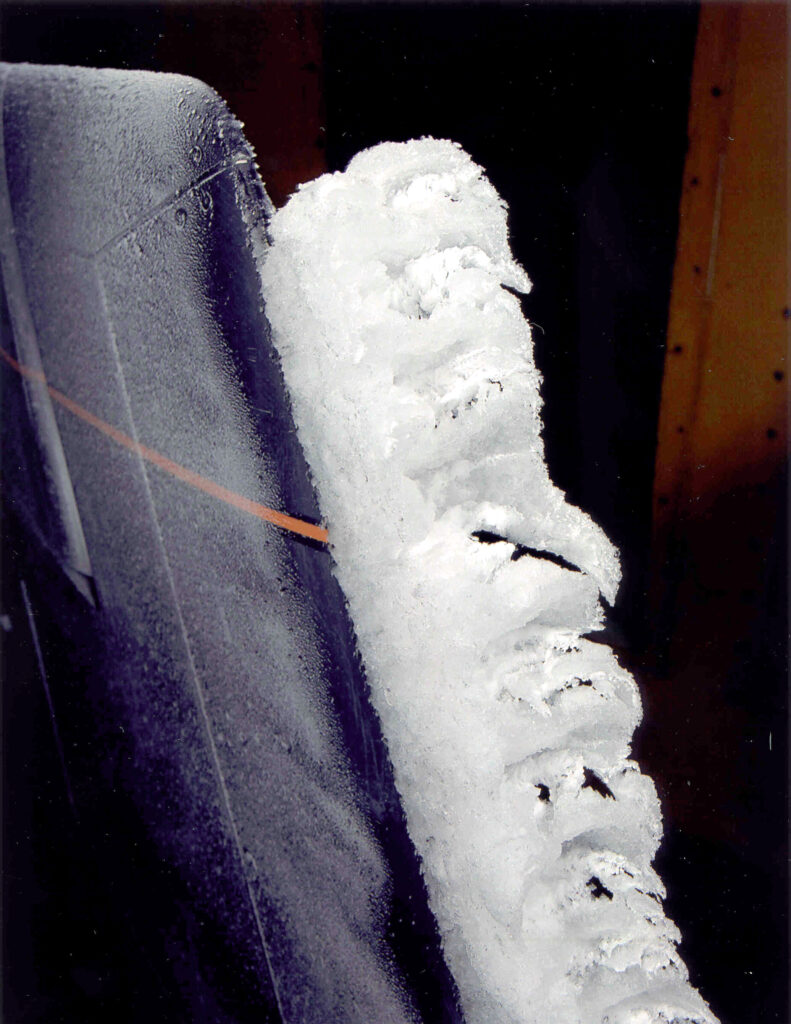
Ice formation on solid structures: on the leading edge of an aircraft tail section. Image from NASA Glenn Research Center 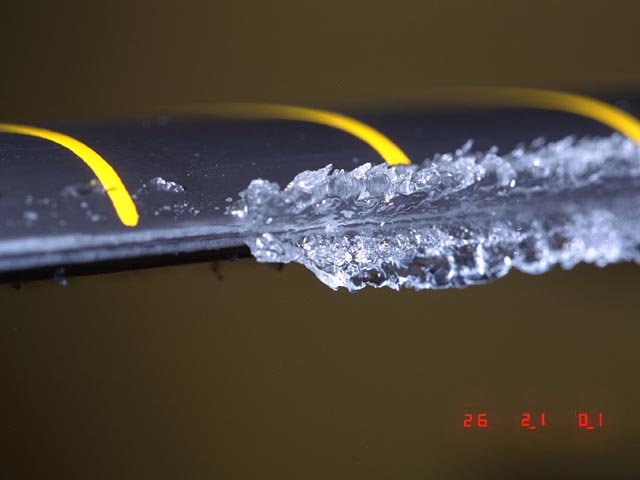
Ice formation on solid structures: on a rotor blade. Image from NASA Icing Research Tunnel
High-fidelity simulations do share some aspects with cooking, though: the right basic ingredients are necessary (but not sufficient) for a great result. This is a compelling example of multiphysics in Simcenter STAR-CCM+, and my colleagues had to include different ingredients. For instance: wall roughness, evaporation/condensation, rain (as Dispersed Multiphase). As I said though, having the right ingredients is not enough. You also need the right recipe or process for blending them together. In this case, a clever and fully automated meshing strategy with mesh morphing and remeshing created a delicious outcome.
The expectation was that this simulation would predict ice forming in a “scallop” formation. And indeed, that is precisely what happened. “As ice grows,” says my colleague Scott Wilensky, “the simulation rightly predicts degradation of the lift on the wing and an increase of drag, showing the undesirable but unfortunately all too well-known effect of ice accretion on aerodynamic performance.”
Multiphysics in Simcenter STAR-CCM+: Heart valve
I confess I understood how a trileaflet heart valve works only after seeing it simulated by a skilled colleague of mine with Simcenter STAR-CCM+.

Trileaflet valves are prosthetic valves that replace the functionality of natural ones. They mimic their natural counterpart: they stop the blood from flowing under certain pressure conditions or they let it flow under proper conditions. This is realized thanks to the valve reacting to the blood pressure and adjusting the shape of its deformable leaflets. The fact is, those leaflets need to be made with the right material. For two good reasons: first, they need the have the right flexibility and robustness; second, with some materials, the blood ends up sticking to the structure over time. As a consequence, patients will need to take blood-thinning drugs to prevent that.
So, could one transfer the analysis of those valves from the physical lab to the virtual lab, for a more immersive experience and a more inventive framework? Could one play “what-if” scenarios by exploring different leaflet material conditions? Yes, with the right virtual lab.
The right virtual lab must be able to perform Fluid-Structure Interaction. Fluid-Structure Interaction is the numerical link between fluid dynamics and its effects on solid structures (and vice versa). Now, simulation engineers have modeled trileaflet heart valves before. However, my colleagues, armed with Simcenter STAR-CCM+, could demonstrate how to automate the simulation workflow. In conclusion, thanks to Simcenter STAR-CCM+’s single interface, it was possible to parametrize the CAD model and explore many different designs even for such a complex multiphysics problem.
I heartily (no pun intended) suggest you read the full story.
Multiphysics in Simcenter STAR-CCM+: Oil cooling of an electric motor
Finally, here is a recent example of a high-fidelity multiphysics simulation with electromagnetics, heat transfer, and multiphase fluid dynamics.
Our colleagues at Siemens Technologies were testing a new oil-cooling concept for an electric motor, developed under a collaborative EU-funded project with Valeo-Siemens Automotive.
So, in this concept the oil flows within the conductors, allowing for great cooling efficiency. When one uses oil in synergy with the water jacket, the temperature immediately drops by ~45 degrees. Simulations with Simcenter STAR-CCM+ could demonstrate and let us visualize the idea. In this example, our colleagues had to make use of a multiphysics approach in order to obtain a high-fidelity simulation, with results very close to their lab measurements. Analyses like this allow you to maximize the torque, power density, and efficiency, while simultaneously minimizing the size, cost, and weight of your e-motor. Our feverish planet will thank you.
I picked Simcenter STAR-CCM+ because of the multiphysics capabilities to model corrosion, fluid film, thin film, condensation etc. I can quickly and accurately calculate electrolyte thickness, choose the correct polarization, material data and calculate corrosion rate.
Alan Rose, CEO of Corrdesa
Chapter quiz
Alright, time to test your knowledge now. Is the Simulation, the one we live in, a high-fidelity one?
Here is the correct answer: technically we do not know, because we do not know the base reality our geeky Creators are trying to mimic. Who knows, maybe They got it all wrong. Or maybe not, that’s why they keep running it (for our own sake).
In any case, if They are not already doing so, They should consider using Simcenter STAR-CCM+ for their next high-fidelity universe. With all the computational power bonanza They have, They will surely enjoy all of its perks.
[Fun fact: according to the Simulation Hypothesis, our Creators, in turn, may themselves be simulated by another entity, and so, in turn, this entity… in an endless hierarchy of simulators and simulated.]
